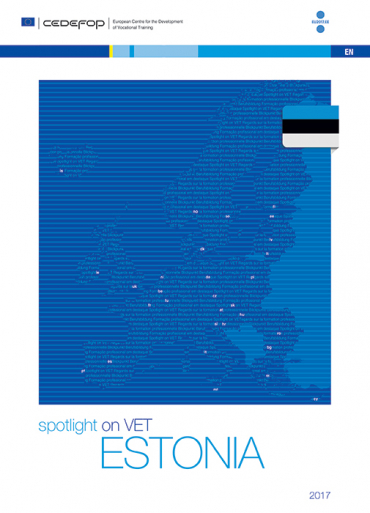The pilot project on recognition of in-company training processes in vocational and higher education is the first initiative of its kind.
The quality assessment of in-company training of schools was first piloted in 2018. It confirmed that in-company training is crucial to the education process offering learners a chance to put their knowledge into practice. It also connects training with the requirements of the labour market.
The objective of the assessment is to support schools in their development of in-company training processes through self- and external evaluations. It helps harmonise the activities related to in-company training across schools and highlights best practices. Participation in this project is voluntary and open to single qualifications and curricula groups.
The assessment process begins with the education institution conducting a self-evaluation – based on the assessment criteria – to determine the strengths of their in-company training system, areas for improvement, and an improvement plan. Based on the analysis of information and documents provided by the school along with an assessment visit, the assessors compile a final report providing an overview of the school’s in-company training system and a recognised quality label following the self-assessment process.
The pilot project has highlighted both strengths and challenges.
The main strengths are purposeful and study-connected in-company training, well-organised feedback and reporting, established long-term cooperation with companies and generally competent and well-trained instructors.
Quality assessment is not an inspection, but rather an incentive for improvement. Education institutions valued their participation in the quality assessment process. They mostly appreciated the independent external opinion of the assessors on the in-company training system. They also valued the friendly atmosphere of the assessment visits. According to one participant, ‘… the process enabled us to undergo a thorough analysis and have structured discussions in the school’. Rather than feeling inspected, participants felt encouraged to think of ways they could improve their system.
The educational institutions also appreciated that they could use the established assessment criteria to keep on monitoring their system independently.
Feedback use from in-company training is a challenge. While schools regularly collect feedback from learners who have completed their training, this information is often left unused. Company supervisors are given a chance to undergo special training, but participation rates are low. Learning outcomes of in-company training are too broadly defined, leaving the company with too much room for interpretation. Companies also lack information on learner knowledge and skills before starting their training, and the level of tasks they are able to perform.
In 2018/19, there were 13 institutions of professional higher education and 32 institutions of vocational education in Estonia. By the summer of 2019, 17 schools underwent the recognition process.

Quality label of a recognised in-company training system


